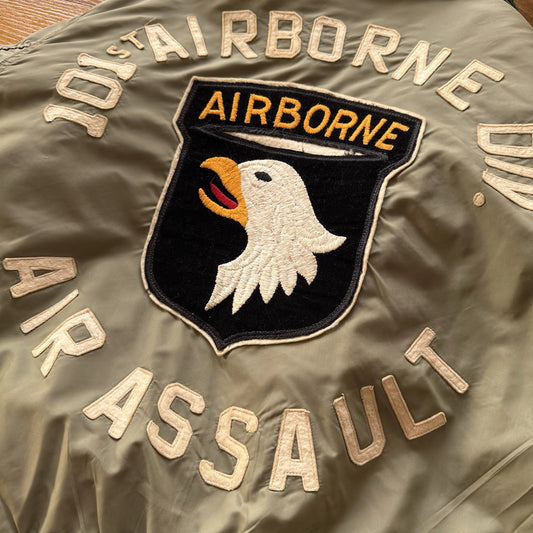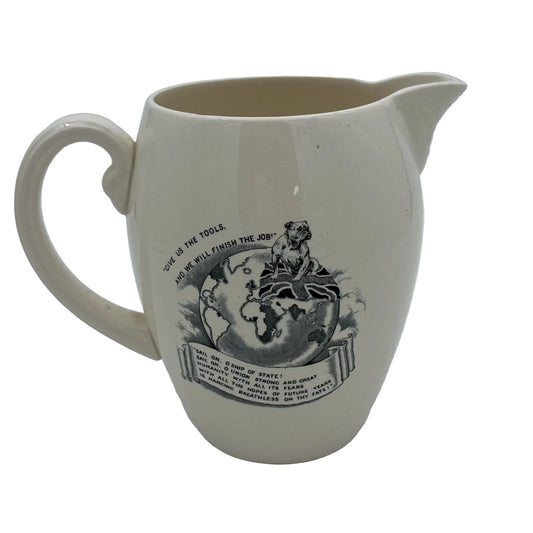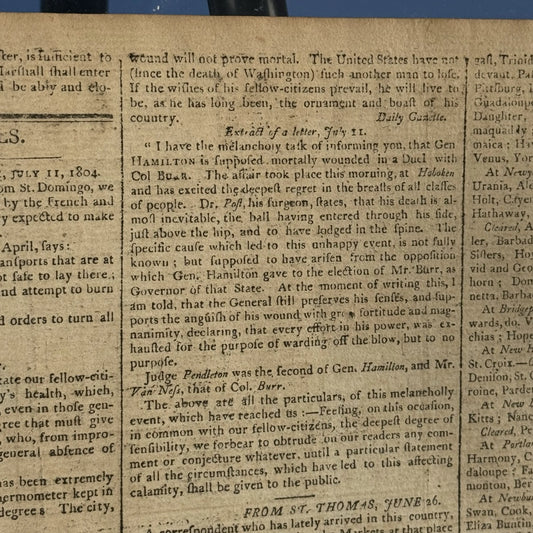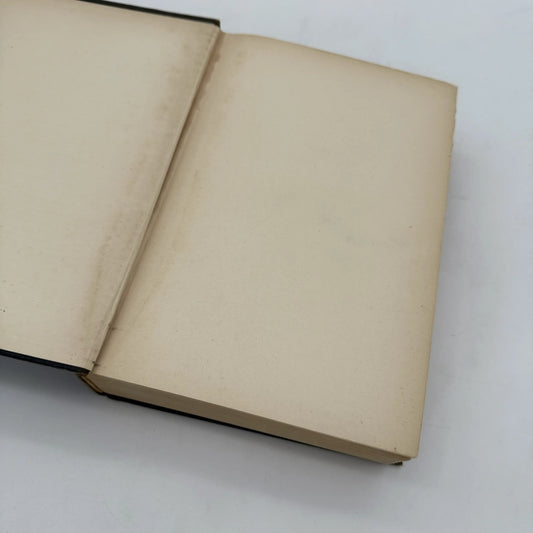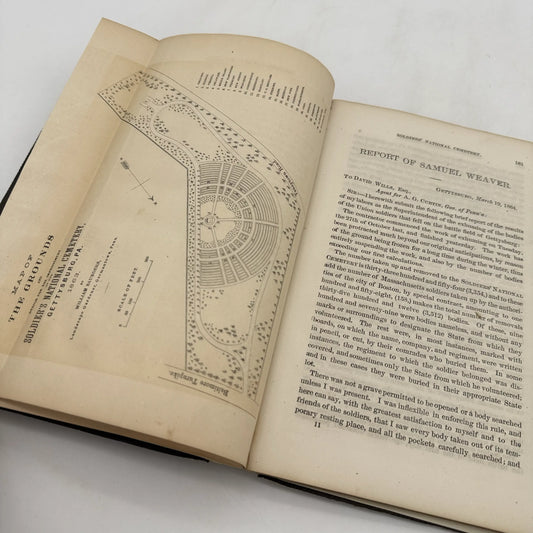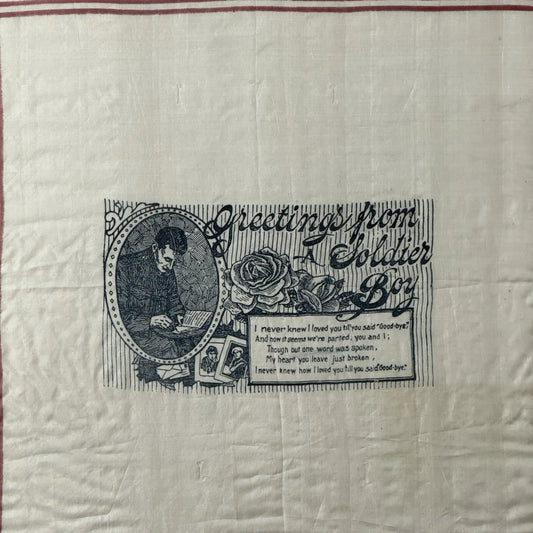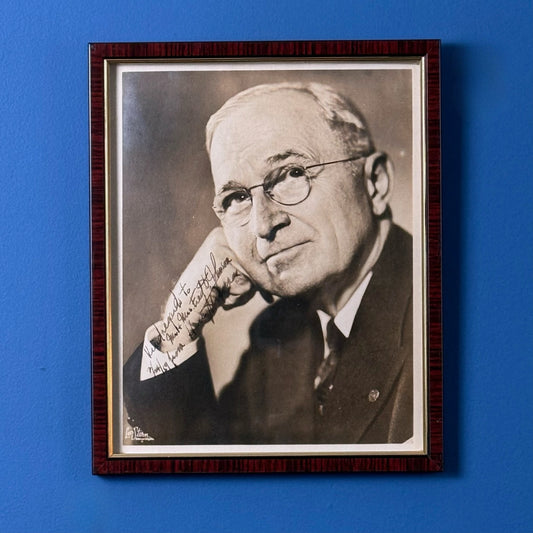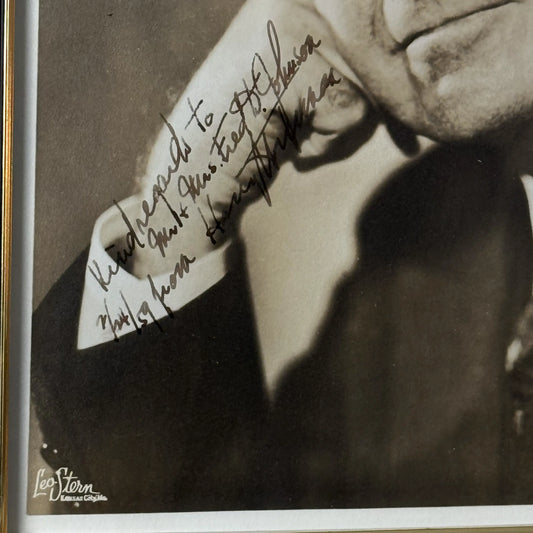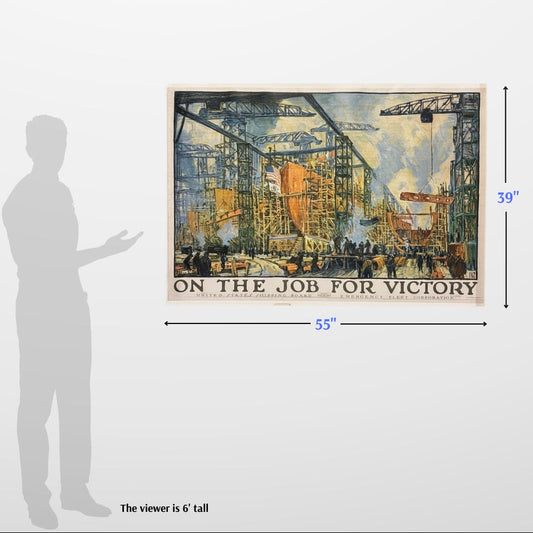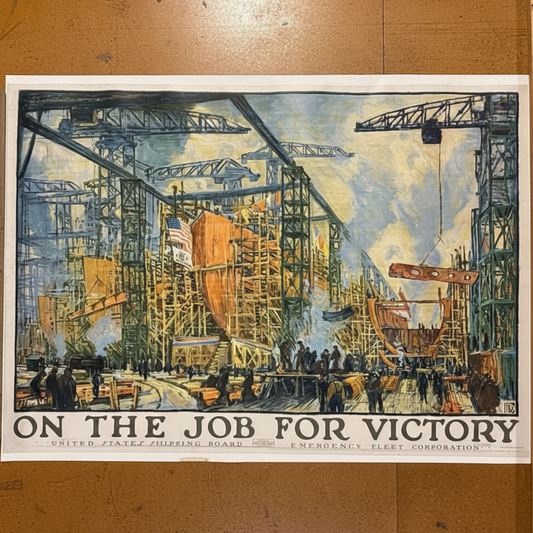Memorial Engraving of George Washington with wood grown at Mount Vernon — 1859
Memorial Engraving of George Washington with wood grown at Mount Vernon — 1859
Updated on May 4: This has been sold.
This small (3.25") memorial engraving of George Washington and Mount Vernon is framed using wood grown at the Mount Vernon and manufactured at the Mount Vernon Factory in Virginia. As explained in the note below, this was one of the efforts of John A. Washington Esq. proprietor of Mount Vernon, to raise money to fund repairs on the building. (John Augustine Washington III was the great-grand nephew of George Washington and the last private owner of Mount Vernon.)
The Washington, DC-based Mount Vernon Factory was established in 1852 and operated for nine years before being confiscated by the U.S. government at the onset of the Civil War.
The factory used wood, flowers, and vines from Mount Vernon to make frames, plaques, and canes, among other things.
The highly detailed engraving is by Charles Howland Hammatt Billings (1818–1874) for the American Bank Note Company, one of the foremost engraving and printing companies.
It shows a circular George Washington portrait surrounded by thirteen stars, a view of Mount Vernon, a steamer on the river in the background, the family tomb on the left, Lady Liberty on the right (with warrior spear and holding a document that says, "He lives for his country") and American shield with G Washington dates on memorial base.
This is surrounded by this text:
“Designed by H Billings, Engraved by the American Bank Note Co”,
“Entered according to Act of Congress in the year 1859 by H Barnes in the Clerk’s Office of the District Court of the District of Massachusetts”.
On the back:
"WASHINGTON D.C. NOV. 1859.
I Hereby certify that the picture frame is shape "FROM MOUNT VERNON, J. CRUTCHETT" to which this is attached, was manufactured at the MOUNT VERNON FACTORY from wood grown at MOUNT VERNON, the home and resting place of the immortal GEORGE WASHINGTON, in agreement with the accompanying printed certificates of John A. Washington Esq. proprietor of Mount Vernon, and his Honor the Mayor of Washington City, dated Nov. 12th, 1856.
This beautiful GEM gives an artistic likeness of GENERAL WASHINGTON together with a view of the MANSION of MOUNT VERNON & TOMB of WASHINGTON.
J. CRUTCHETT.
THIS BEAUTIFUL GEM, framed in Mt Vernon wood, can only be had wholesale and retail at Horace Barnes & Co, 123 Washington St, Boston or their agents throughout the United States.”
Note that this only the framed engraving; there are no certificates. (I've not been able to find any image of such a certificate anywhere.)
Size: 3.25" Diameter
Shipping: $10. Please allow one week for shipping.
Additional historical background on the engraver, Hammatt Billings
Charles Howland Hammatt Billings (1818–1874) was an artist and architect from Boston who supplied the original illustrations for Uncle Tom's Cabin and who designed the National Monument to the Forefathers. (The design was re-worked by his brother and others after his death.)
He is also the artist who created the print of the Battle of Lexington, that we offer.
Additional historical background on Crutchett
From the Mount Vernon site:
James Crutchett was an entrepreneur who partnered with John A. Washington, the last owner of Mount Vernon. By the 1850s, Mount Vernon was falling into disrepair and John Washington was struggling to maintain the property. In 1852, he signed a contract with Crutchett giving Crutchett exclusive rights to timber on certain parts of Mount Vernon for 10 years in exchange for $12,000. Crutchett would then use the wood to make commemorative Washington objects that he sold to a public clamoring for anything related to the first president. Starting in 1856, Crutchett manufactured these items at the corner of North Capitol Street and D Street NE in Washington, D.C. at the "Mount Vernon Factory".
More information on the cap being worn by the seated figure of Liberty
From the Architect of the U.S. Capitol:
"This soft cap evolved as a combination of two earlier symbolic head coverings. The peaked red Phrygian cap was worn in present-day Turkey as early as 800 B.C. and was seen as a mark of free men in classical Greece.
"The American symbolism was derived from the Roman Empire, where the Roman goddess Libertas, or Liberty, was depicted carrying a Roman conical cap called a pileus, often on the tip of a spear. Romans would also place a pileus on the head of an emancipated person during the ceremony of manumission, when enslaved people were formally freed.
"How was the liberty cap used in early America?
"The cap appeared frequently before and during the American Revolution after being introduced as a symbol of the struggle for freedom by Paul Revere. He first depicted the cap on a carved stone obelisk that briefly appeared on the Boston Common for the celebration of the repeal of the Stamp Act. The carvings depict Libertas twice, both times holding a liberty cap. Revere also engraved it twice on his famous silver 1768 Sons of Liberty Bowl that honored 92 members of the Massachusetts House of Representatives who refused to rescind a letter protesting the Townshend Acts (1767), which was a major step leading to the American Revolution.
"In a bit of wry wit, Revere also converted Britannia, the personification of Great Britain, into a goddess of liberty in the masthead of the Boston Gazette, where he depicted her holding a liberty cap on a staff as she opens a bird cage.
"Another early depiction of the liberty cap in the American British colonies was on the flag of the Philadelphia Light Horse Guards, a company of militia organized prior to the Revolution. While based in Pennsylvania, this company traveled widely to fight in battles including Trenton, Princeton, Brandywine and Germantown.
"Throughout the colonies, the designs of flags and seals included liberty caps, and the caps were placed atop liberty trees and liberty poles in towns and villages. It was so closely associated with the American Revolution and the new country that emerged from it that the cap was the standard designation for America on French maps.
"The conical cap became more popular later, during the French Revolution, when it was called the "bonnet rouge" and was worn by revolutionaries and widely depicted."
Made by America
Made by America
Almost all of the new products we offer are designed by us and made in America and most of our Rare Finds were made in America.
Our original designs are based on our nation’s history and our love of American history. Read more about other things we've created, including The History List, History Camp, and The Pursuit of History, in addition to The History List Store.
Every product that is made in America states that in the product description and includes the "Made in U.S.A." graphic.




New in Rare Finds this week
-
WWII Red Cross Posters
"yes"
Sold out -
Sold out






